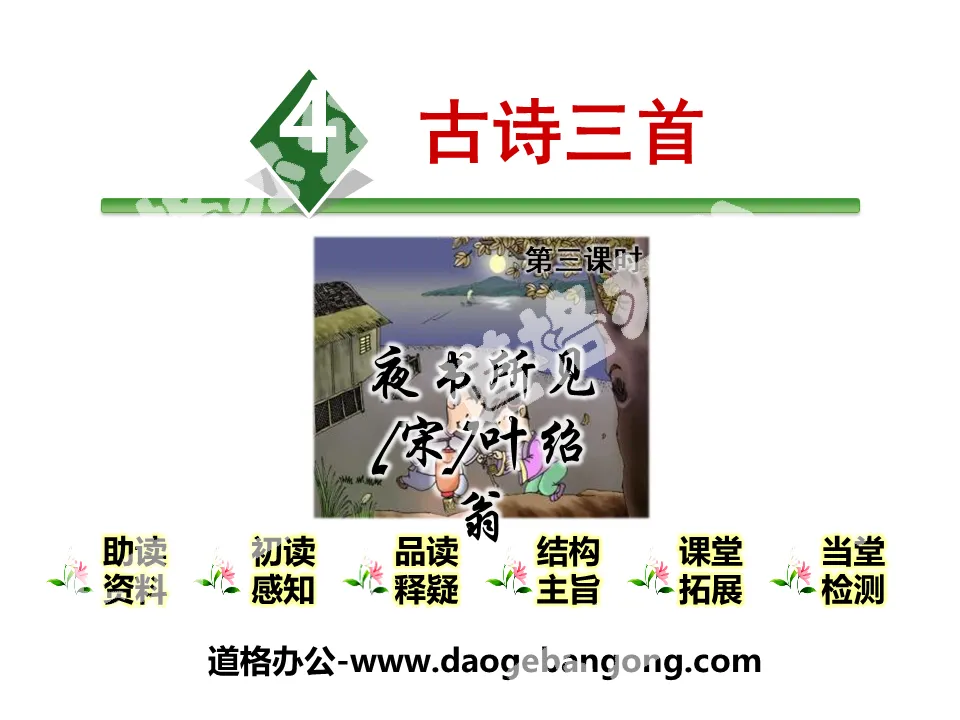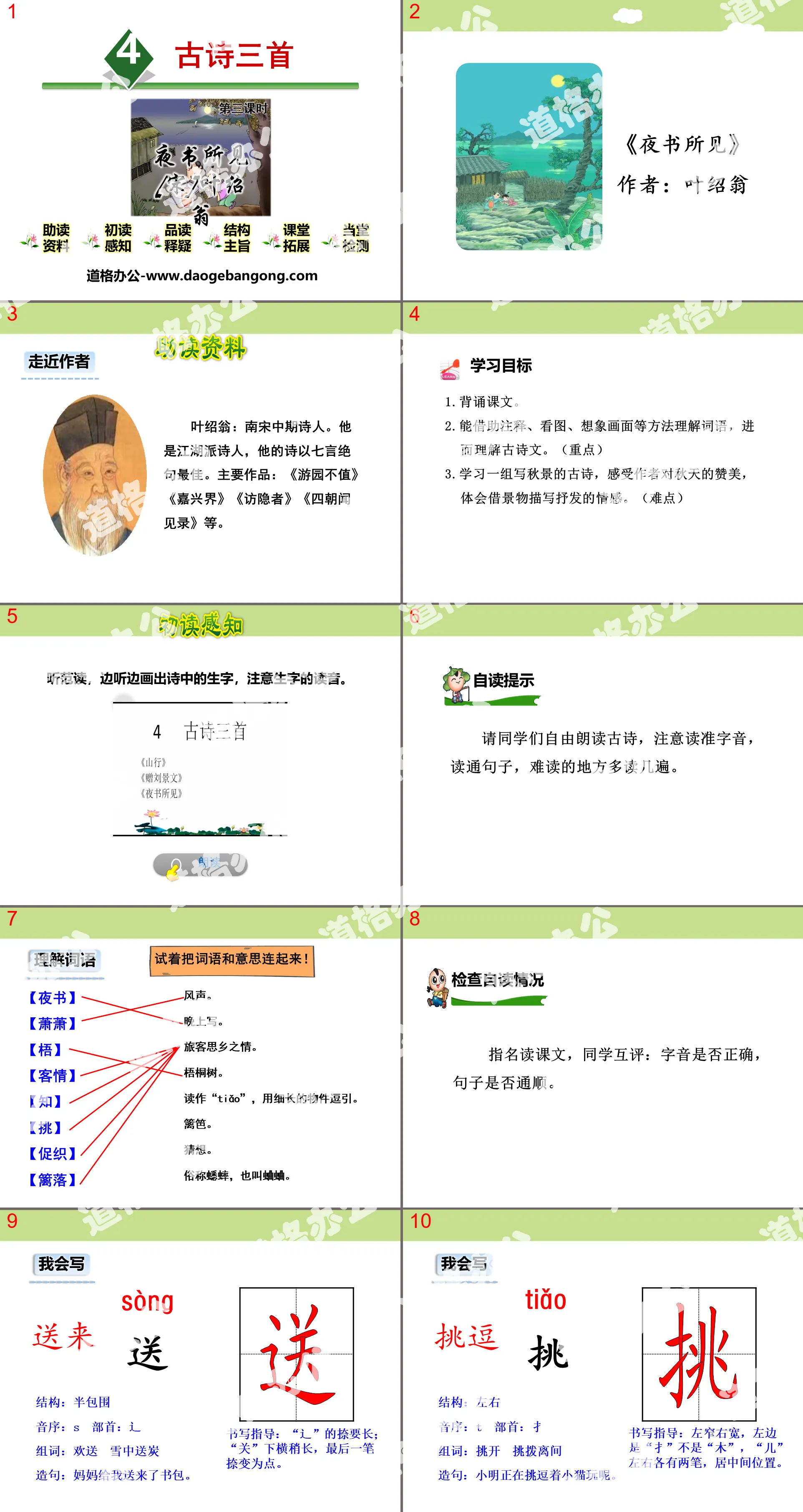The second volume of first-grade Chinese compiled by the People's Education Publishing House
The second volume of fifth-grade Chinese compiled by the People's Education Publishing House
The first volume of Chinese language for eighth grade compiled by the People's Education Publishing House
The first volume of first-grade Chinese compiled by the People's Education Publishing House
The first volume of ninth-grade Chinese compiled by the People's Education Publishing House
The first volume of fourth-grade Chinese compiled by the People's Education Publishing House
The first volume of Chinese language for sixth grade compiled by the People's Education Publishing House
The second volume of Chinese language for eighth grade compiled by the People's Education Publishing House
The first volume of Chinese language for fifth grade compiled by the People's Education Publishing House
The first volume of second-grade Chinese compiled by the People's Education Publishing House
Hunan Education Edition Third Grade Chinese Language Volume 1
The second volume of fourth-grade Chinese compiled by the People's Education Publishing House
The first volume of third-grade Chinese compiled by the People's Education Publishing House
The second volume of second-grade Chinese compiled by the People's Education Publishing House
The second volume of Chinese language for sixth grade compiled by the People's Education Publishing House
The second volume of seventh-grade Chinese compiled by the People's Education Publishing House

| Category | Format | Size |
|---|---|---|
| People's Education Press third grade Chinese textbook | pptx | 6 MB |
Description
"What I Saw in the Night Book" PPT
Part One: Reading Aids
Get closer to the author
Ye Shaoweng: a poet in the mid-Southern Song Dynasty. He is a Jianghu poet, and his poems are best composed of seven-character quatrains. Main works: "A Visit to the Garden Is Not Worth It", "Jiaxing World", "Visiting the Hermit", "Records of Hearings and Seeings of the Four Dynasties", etc.
learning target
1. Recite the text.
2. Be able to understand words by means of annotations, looking at pictures, and imagining pictures, and then understand ancient poetry. (emphasis)
3. Learn a set of ancient poems about autumn scenery, feel the author's praise of autumn, and experience the emotions expressed through the description of the scenery. (difficulty)
PPT seen in Night Book, Part 2: First Reading Perception
Self-reading tips
Ask the students to read the ancient poem freely, pay attention to the correct pronunciation of the characters, read the sentences thoroughly, and read the difficult parts several times.
understand words
【Night Book】Write at night.
[Xiao Xiao] The sound of wind.
[Wu] Wutong tree.
[Guest Sentiment] Passengers' homesickness.
【know】guess.
[pick] is pronounced as "tiǎo" and is used to tease with a long and thin object.
[Promote weaving] Commonly known as cricket, also called cricket.
【 fence 】 fence.
PPT seen in Night Book, the third part: reading and explaining doubts
What I saw in the night book
[Song]Ye Shaoweng
The rustling of the Wu leaves sends a cold sound, and the autumn wind on the river stirs up the guest sentiment.
I know that there are children picking and knitting, and a light falls on the fence late at night.
Poetic: The autumn wind blows the leaves of the sycamore tree, sending bursts of chill. The autumn wind on the river makes the poet who is traveling abroad can't help but miss his hometown. Guessing that the children were catching crickets, because it was late at night, he suddenly saw lights under the fence in the distance.
Overall perception of the text
The first two sentences of the poem: the word "cold" is a pun, which not only expresses the coldness of the autumn wind, but also reflects the poet's loneliness and dissatisfaction. One "send" and one "move" use personification rhetorical techniques, with the swaying and rustling of Wu leaves, and the chilly autumn wind on the river, which expresses the coldness of autumn and expresses the desolation of wandering wanderers and loneliness. feel.
The last two sentences of the poem: These two sentences describe the life scene of children burning the lamp to catch crickets at night, which naturally easily triggers the author's association. She recalled that her childhood was so innocent and carefree; she recalled that her hometown was warm and beautiful. The children's carefree, lively and innocent behavior cleverly reflects the poet's loneliness and helplessness in a foreign country and his longing for his hometown.
PPT seen in Ye Shu, Part 4: Structure and Purpose
Text structure
near
Wuye sends cold sound
Autumn breeze stirs guest sentiment
far away
Children's pick knitting
A light falls on the fence
Text gist
What thoughts and feelings does the author express?
In "What I See in a Night Book", the poet expresses his feelings of missing his hometown on an autumn night by describing the fallen leaves in the autumn wind, children catching crickets, and the lights under the fence.
Understand ancient poetry with the help of data
Concept: Lyrics through scenery (poets write scenery to express their thoughts and feelings) is the main way of writing ancient poems. Since ancient poems are far away from our lives, if we want to accurately grasp the emotions that ancient poems want to express, we need to use the author to write poems. It will be much easier if you have the background information at the time.
Application: For example, to grasp the emotion of the poem "To Liu Jingwen", you need to read the background information of Liu Jingwen and Su Shi's poems in order to grasp it accurately.
PPT seen in Night Book, Part 5: Class Summary
"What I See in a Night Book" was written by Ye Shaoweng, a poet of the Southern Song Dynasty. When traveling abroad, he felt lonely and depressed because of the fallen leaves in the autumn wind. When he saw the lights under the fence in the distance, he thought it was a child catching crickets, and he couldn't help but recall his hometown and childhood. Life. Let us experience the author's feelings of missing his hometown on autumn nights. While experiencing the emotions of ancient poems, I also learned how to understand words through annotations, looking at pictures, imagining scenes, etc., and then understanding ancient poems.
Expand and extend
These three poems are all about autumn scenery. After learning, let’s organize an “Autumn Poetry Reading Party”! suggestions below:
1. Collect no less than 3 poems about autumn scenery;
2. Practice reading aloud by yourself first, then read to your family and listen to their suggestions;
3. Be prepared for recitation in various forms: poetry can be accompanied by paintings, performances (dancing, singing), or PPT accompanied by music recitation...
PPT seen in Ye Shu, part 6: Inspection in class
1. Add braille phonetic notation.
Shi Jing Xie ( ) presented to Liu Jingwen ( )
Hanshan ( ) Pick and Promote Weaving ( )
Orange ( ) Yellow Orange ( ) Green Frost Leaves ( )
2. Explain the highlighted words or words.
1. The stone path on Hanshan Mountain in the distance is sloping: ____________________
2. Stop and sit at Aifenglinwan: ____________________
3. When orange is yellow and orange is green: ____________________
4. The autumn wind on the river moves the guests: ____________________
5. I know that there are children who want to promote weaving: ____________________
Keywords: Free download of Chinese PPT courseware for the first volume of the third-grade Chinese version of the People's Education Press, download of the PPT seen in the night book, .PPT format;
For more information about the PPT courseware "What You See in a Night Book", please click on the "What You See in a Night Book" ppt tag.
"What I See in the Night Book" PPT courseware:
"What I See in the Night Book" PPT Courseware Part One: Text Introduction Autumn is a beautiful season, but it is also a season that easily arouses people's sadness. Ancient poets also expressed such emotions! What I saw in the Night Book Ye Shaoweng was a poet of the Jianghu School in the middle of the Southern Song Dynasty. His poems...
"Mulberry Tea Tunnel" PPT:
"Mulberry Tea Tunnel" PPT Part One: Introduction to the conversation Students, do you still remember the poet Yang Wanli? Who will introduce it to you? Yang Wanli, also known as Tingxiu and Chengzhai. Minister of the Southern Song Dynasty, famous litterateur and patriotic poet, together with Lu You, You Miao and Fan Chengda..
"Two Ancient Poems" PPT courseware download:
"Two Ancient Poems" PPT courseware download Part One: Introduction of new lesson Do students like the autumn scenery? Do you like rural scenery? Let’s feel it with poetry today! Ye Shaoweng was a poet of the Jianghu School in the middle of the Southern Song Dynasty. His poems had fresh language and lofty artistic conception..
File Info
Update Time: 2024-11-22
This template belongs to Chinese courseware People's Education Press third grade Chinese textbook industry PPT template
"What I Saw in the Night Book" PPT Simple campus recruitment activity planning plan summary enterprise and institution recruitment publicity lecture PPT template is a general PPT template for business post competition provided by the manuscript PPT, simple campus recruitment activity planning plan summary enterprise and institution recruitment promotion Lecture PPT template, you can edit and modify the text and pictures in the source file by downloading the source file. If you want more exquisite business PPT templates, you can come to grid resource. Doug resource PPT, massive PPT template slide material download, we only make high-quality PPT templates!
Tips: If you open the template and feel that it is not suitable for all your needs, you can search for related content "What I Saw in the Night Book" PPT is enough.
How to use the Windows system template
Directly decompress the file and use it with office or wps
How to use the Mac system template
Directly decompress the file and use it Office or wps can be used
Related reading
For more detailed PPT-related tutorials and font tutorials, you can view: Click to see
How to create a high-quality technological sense PPT? 4 ways to share the bottom of the box
Notice
Do not download in WeChat, Zhihu, QQ, built-in browsers, please use mobile browsers to download! If you are a mobile phone user, please download it on your computer!
1. The manuscript PPT is only for study and reference, please delete it 24 hours after downloading.
2. If the resource involves your legitimate rights and interests, delete it immediately.
3. Contact information: service@daogebangong.com
"What I Saw in the Night Book" PPT, due to usage restrictions, it is only for personal study and reference use. For commercial use, please go to the relevant official website for authorization.
(Personal non-commercial use refers to the use of this font to complete the display of personal works, including but not limited to the design of personal papers, resumes, etc.)
Preview










